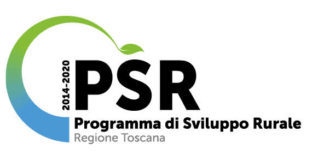Bòggina A
The choice of the amphora has the historical meaning of getting closer to Tuscany’s cultural roots. Terracotta in Tuscany always played a key role: since the early Etruscan craftsmanship, the art of creating and using vases of terracotta has evolved and refined over centuries in the village of Impruneta (municipality in the metropolitan city of Florence, famous especially for its terracotta industry and commonly referred to as L’Impruneta). Wine itself was vinified and stored in terracotta since its origin, it can be considered nearly an everlasting wine vase.
Certification:
Organic
Denomination:
Val d’Arno di Sopra DOC – Vigna Bòggina, Sangiovese
Estate produced and bottled
First year of production:
2011
Grape variety:
100% Sangiovese
Production:
around 3.000 bottles
Production
Vinification
Vinification is made in terracotta amphorae of 300 and 500 liters from a meticulous selection of the best grapes of the Bòggina vineyard harvested by hand and further selected with a sorting table . Almost no sulfites are added. We carry out a natural fermentation with native yeast and manual “cap” plungings. As fermentation ends, the amphorae are sealed with the skins for about an 8-month long maceration.
Aging
After the skins removal, the wine will continue its aging in amphorae for another 6 months. Amphorae allow a similar microxygenation as barriques, avoiding reduction excesses but preventing barrique flavoring. The wine is naturally protected thanks to the extended contact with the skins without the use of sulphites.
Vinyards
Bòggina
A historic vineyard for the winery, it was planted in 1947 by Gastone Bazzocchi, grandfather of the current owners. Part of it is selected for the production of the namesake wine Bòggina, the rest it’s used for the Torrione. Bòggina is planted with Sangiovese vines and over the years it has been replanted following a strict massal selection of the original clones.




